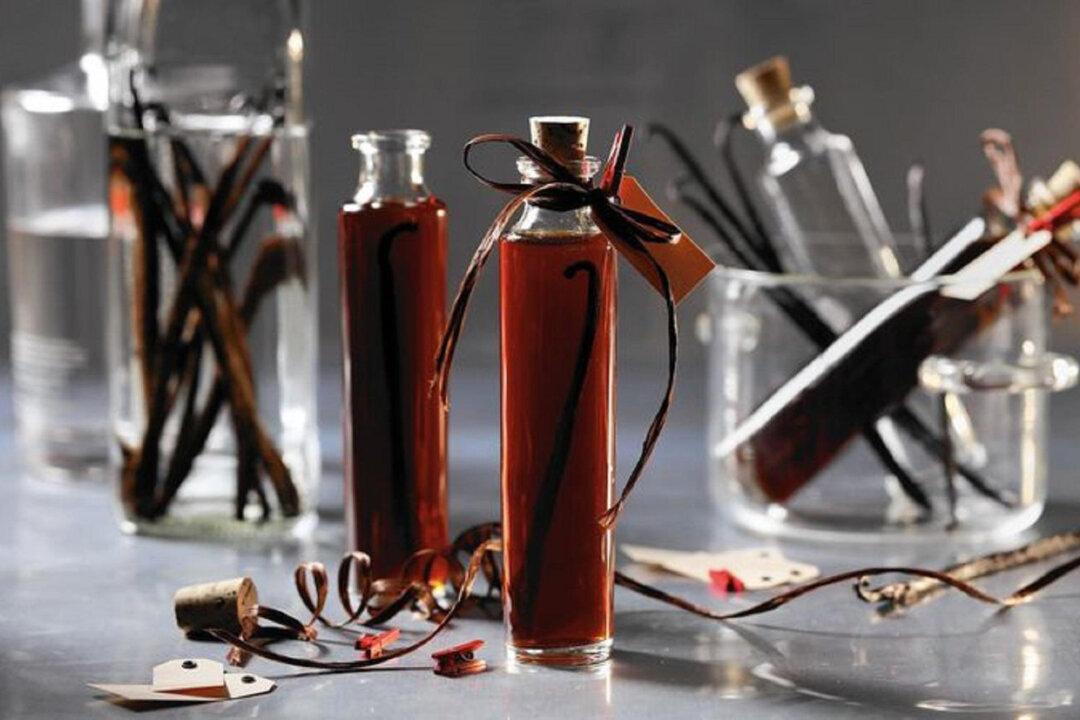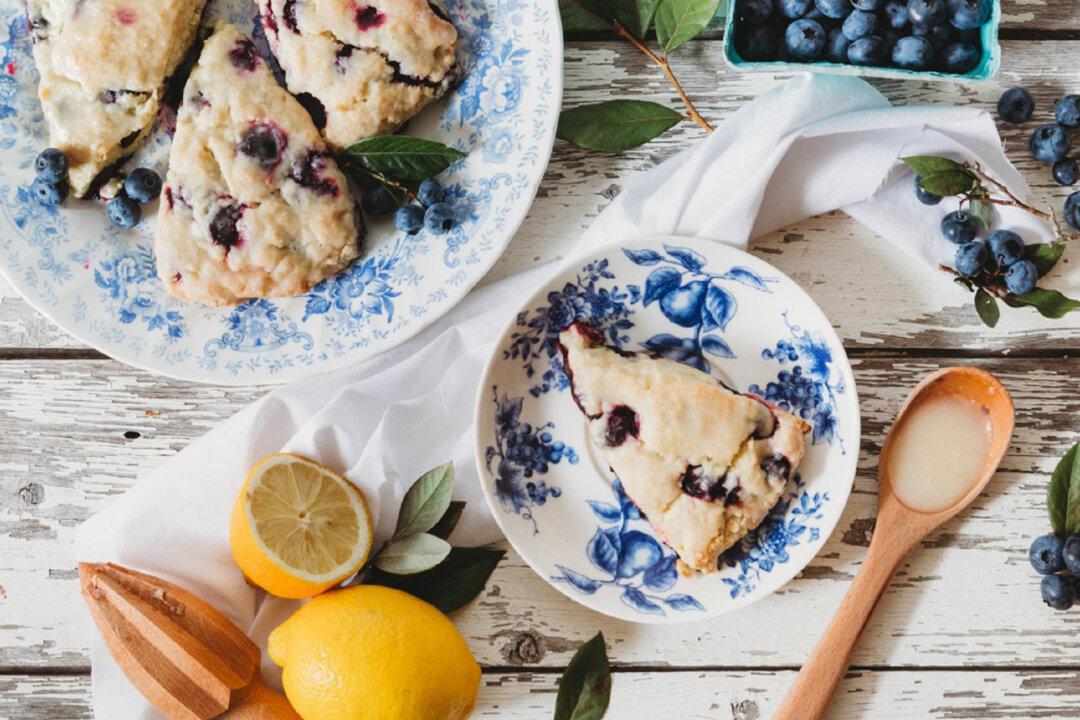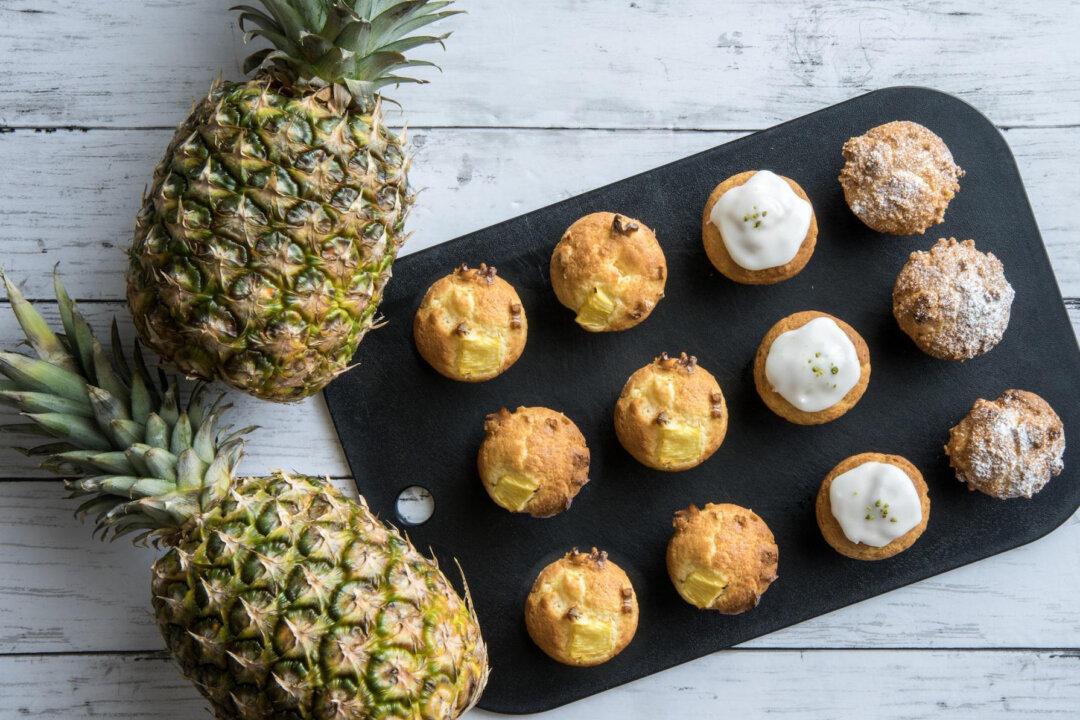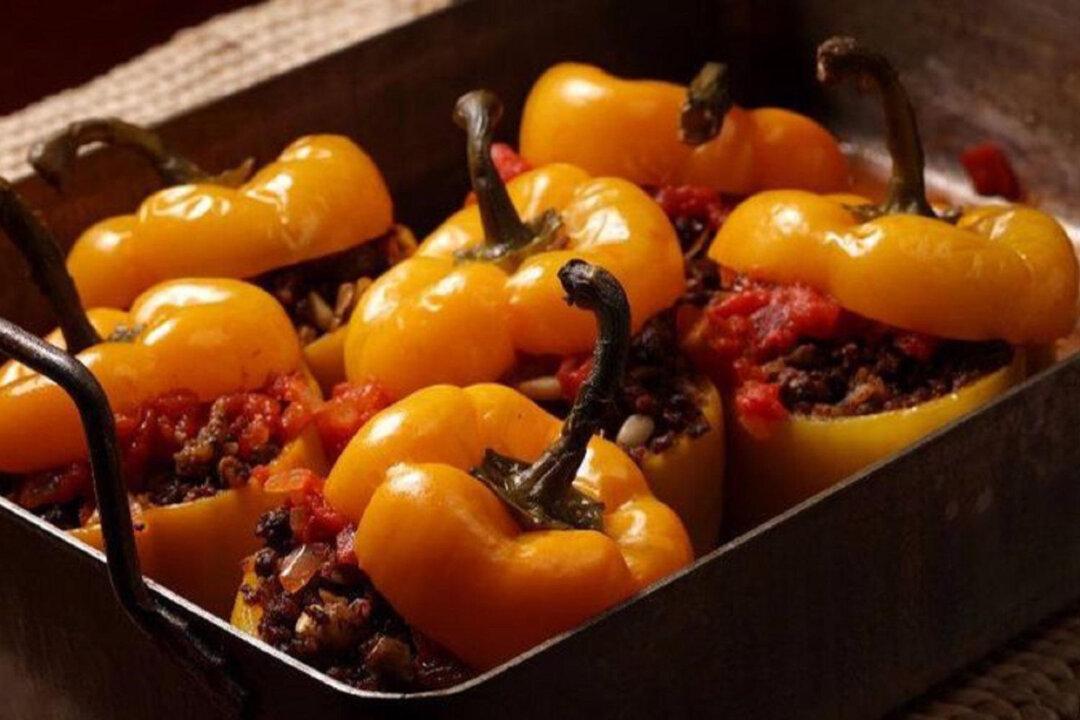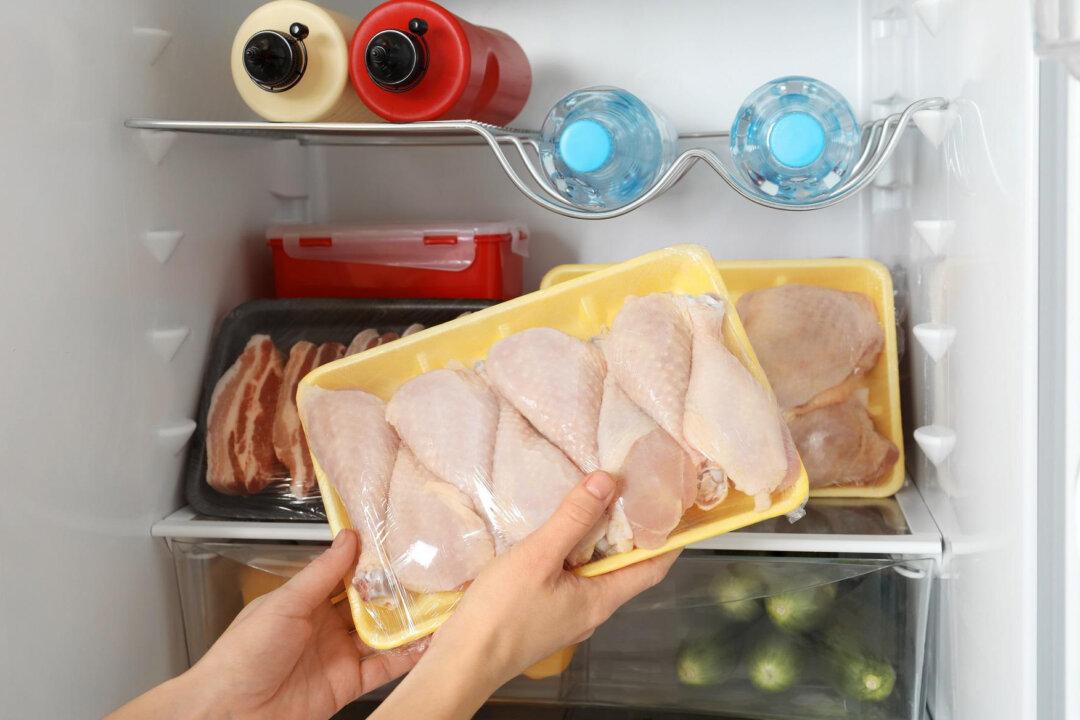Whether you’re a beginner baker or you can whip up bananas foster with your eyes closed, chances are you’ve used vanilla extract. The ingredient, which is necessary for balancing sweetness in cookies and cakes, can run you more than $20.
Its high price point is why many people opt for imitation vanilla extract or vanilla flavoring instead. But what exactly is pure vanilla extract made from and is it interchangeable with its cheaper counterparts? Here’s the low down on the timeless pantry staple.
What Is Vanilla Extract?
Vanilla extract is made by soaking vanilla beans in a solution of water and ethyl alcohol, such as vodka. The alcohol extracts the flavor, called vanillin, from the vanilla bean, hence the name.
In order to be labeled pure, the Food and Drug Administration states that vanilla extract must contain 13.35 ounces of vanilla beans per gallon of liquid and be 35% alcohol. But it can also contain ingredients like sugar, corn syrup or dextrose ─ ingredients you may find on vanilla extract bottles in grocery stores. Higher end extracts tend to omit the corn syrup and use premium ingredients, but the price tag can be even heftier.
Vanilla beans have more than 300 flavor compounds that become enhanced when the beans are soaked in a high quality or aged spirit like vodka or rum. Some manufacturers of vanilla extract opt for cheaper spirits like corn or sugar alcohol to keep prices low, but this can dilute the complex flavor of vanilla beans.
Since vanilla extract is made with alcohol, the flavors will continue to be extracted the longer they sit in the solution. It’s the same principle that applies to alcohol infusions that are made with fruits, herbs and vegetables.

